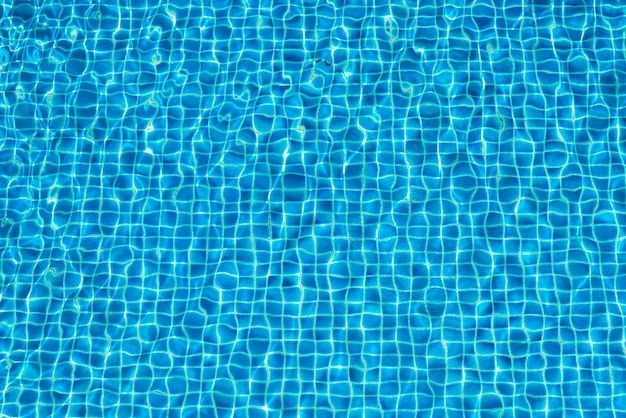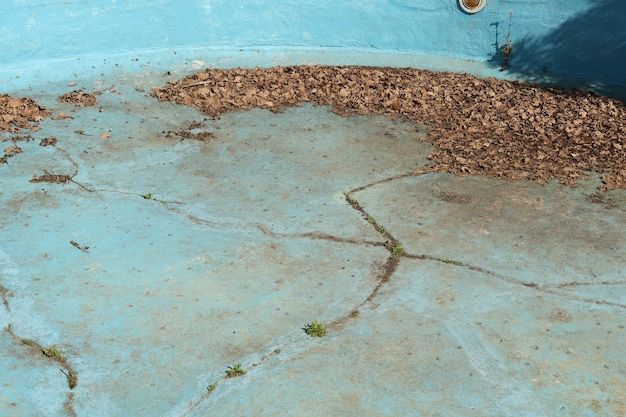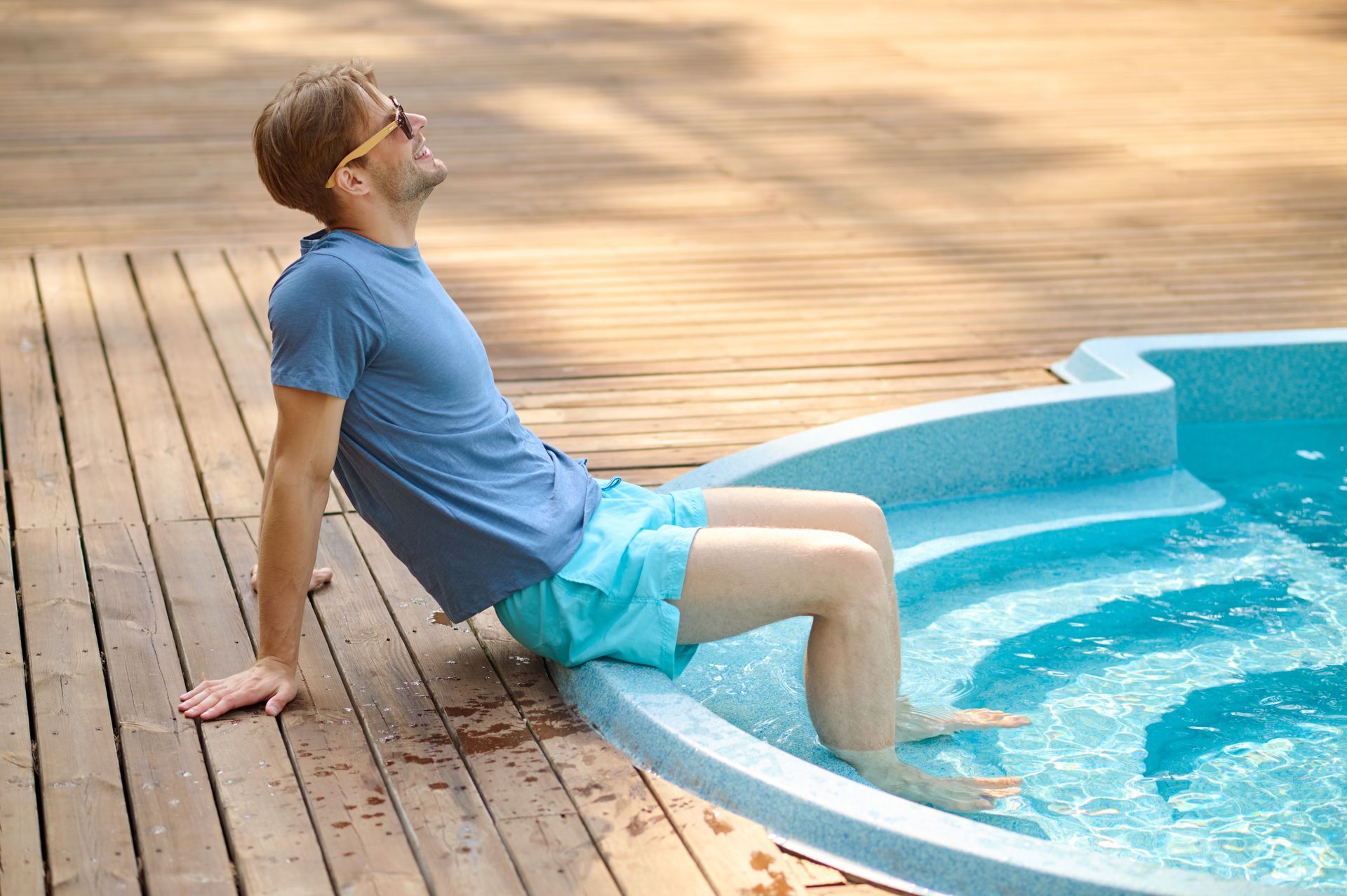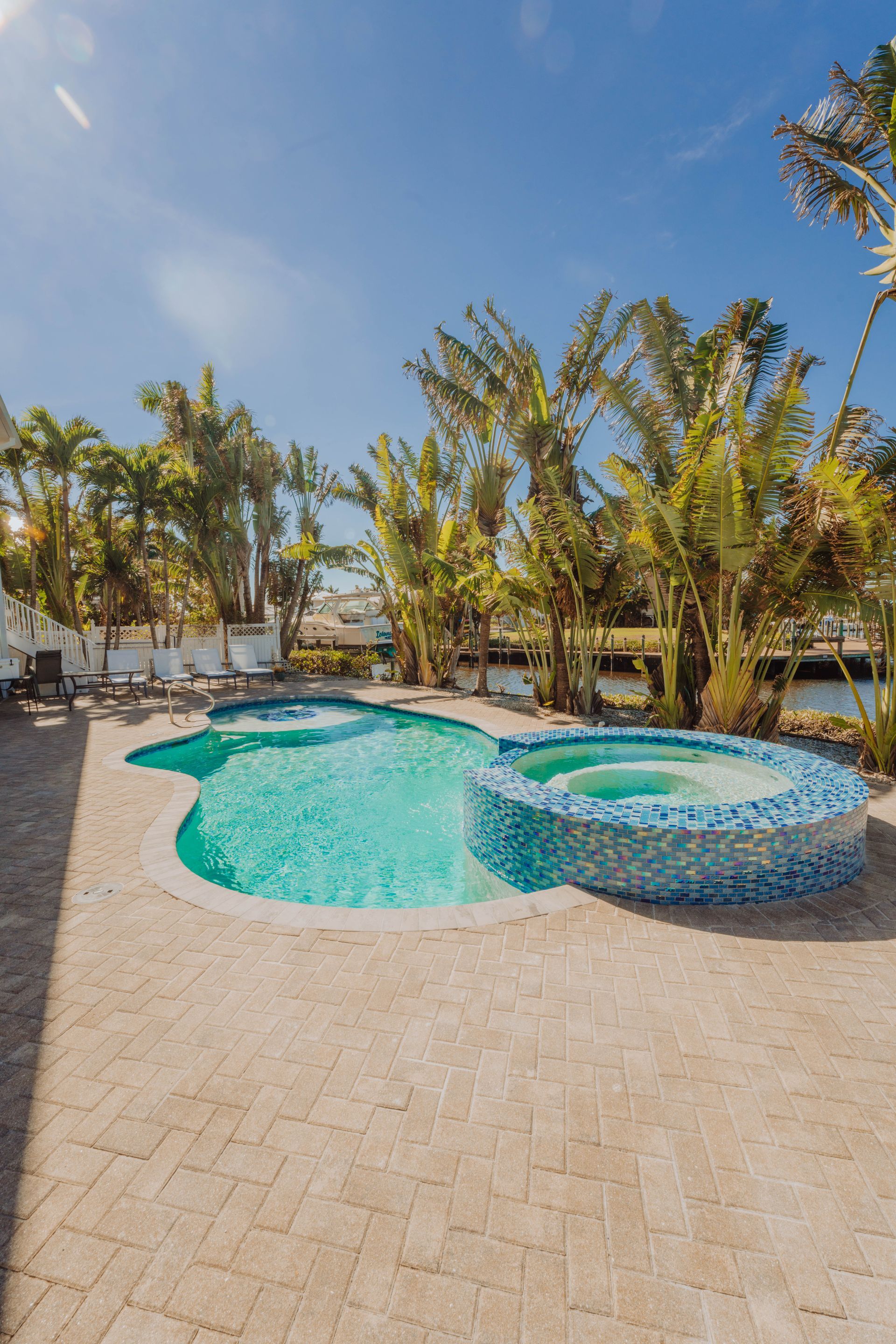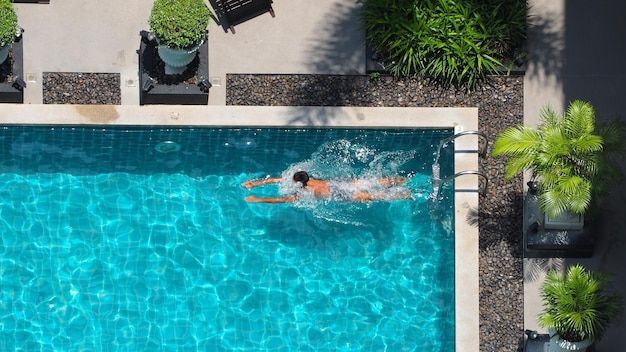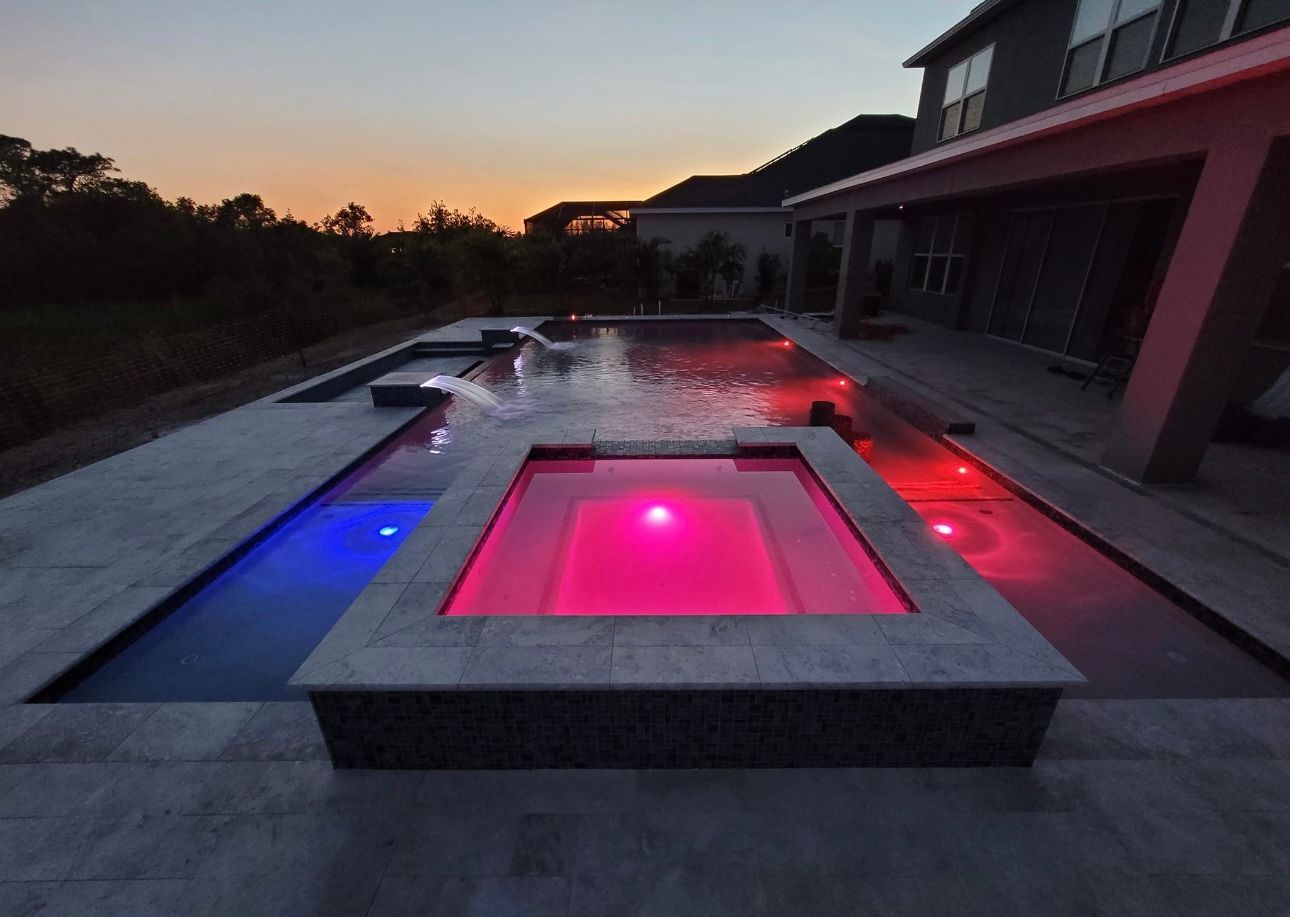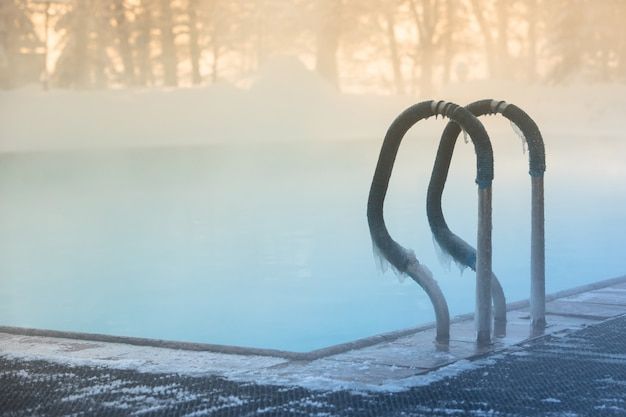EVERYTHING YOU SHOULD KNOW ABOUT CONCRETE POOL PLASTERING
A pool is a personal escape where you can chill out and have fun. However, maintaining its good condition requires periodic attention, especially to the pool's plaster. Over time, plaster can deteriorate, causing both aesthetic and structural problems. This guide will help you understand the pool plastering process, including what to expect and how to prepare.
What is Pool Plastering?
Pool plastering involves applying a protective layer to the interior surface of a concrete pool. This layer not only ensures a watertight seal but also enhances the pool's appearance. Common materials used include white cement mixed with marble sand or limestone, and modern options incorporate additives like quartz or pebbles for increased durability and aesthetic appeal.
Signs Your Pool Needs Replastering
- Staining and Discoloration: Persistent stains that resist standard cleaning methods.
- Rough Texture: A coarse surface that feels abrasive to the touch.
- Cracks or Chipping: Visible fractures or flaking in the plaster.
- Leaking: Unexplained water loss, suggesting the plaster's seal is compromised.
- Age: Pools typically need replastering every 7 to 15 years, depending on usage and maintenance.
Cost Considerations
The cost of replastering varies based on factors such as:
- Size of pool
- Shape of pool
- Desired plaster style, color, and finish
- Any additional repairs to Pool’s Structure
-
On average, homeowners might expect to invest between $9,000 and $13,000. While this is a significant expense, it's an investment in the pool's longevity and your property's value.
If you’d like to get an estimate for your pool plastering project, you can request a FREE quote through our website or contact our team directly via our customer service line. We’ll provide you with a detailed cost breakdown and timeline, ensuring you have all the information needed to make the best decision for your pool.
How Pool Plastering Works
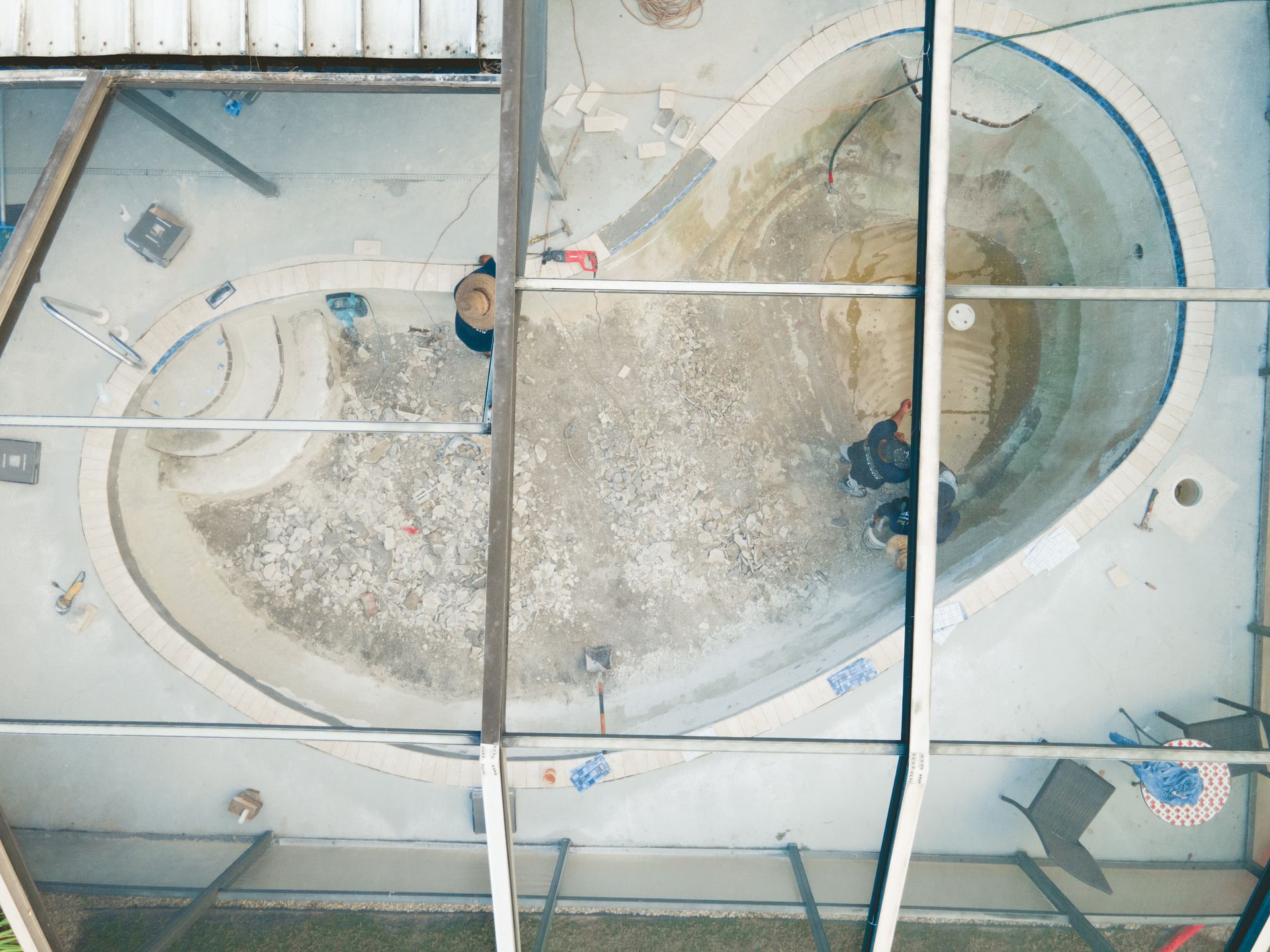
1: Choosing Your Plastering Color
The first step in any pool plastering project is choosing the right plaster color. Our team will be assisting you in selecting the ideal shade to enhance your pool's design. We will also factor in how your chosen color will appear at varying water depths. To help you make an informed decision, we provide a fully digital plastering catalog with a wide array of color samples.
2: Draining the Pool
Our team will arrive at your property and begin the process by draining the pool. We use submersible pumps to remove water quickly and efficiently.
3: Relieve Hydrostatic Pressure
Before the replastering process begins, it is important to address the issue of hydrostatic pressure. This pressure, exerted by groundwater beneath the pool, can cause the pool to "pop up" if not properly managed.
Our team of experts will take the necessary steps to alleviate this pressure, ensuring the stability and integrity of the pool structure throughout the replastering project. This may involve implementing drainage systems or other techniques to effectively control and redirect groundwater, preventing any potential damage or disruption to the replastering work. By taking these precautionary measures, we can guarantee a successful and long-lasting replastering outcome for your pool.
4: Preparing the Pool
After relieving hydrostatic pressure, we prepare the pool for plastering. This includes undercutting all fittings such as lights, jets, and main drains. These undercuts ensure the new plaster seamlessly integrates into the pool's surface, providing a long-lasting finish.
We thoroughly inspect the pool walls for cracks, hollows, or areas where the existing plaster may be delaminating. Hollows occur when calcium nodules form voids beneath the plaster, leading to deterioration over time. Once hollows are removed, we repair cracks and perform a final inspection before moving forward.
5: Washing the Interior with Muriatic Acid
A muriatic acid wash is a crucial step in preparing a concrete pool for replastering. The acid works by chemically reacting with the top layer of the plaster, effectively dissolving and removing it. This action serves multiple purposes:
- The acid wash effectively eliminates stains, discoloration, calcium deposits, algae, and other contaminants that may have accumulated on the plaster surface over time. These contaminants can interfere with the adhesion of the new plaster, leading to premature failure.
- By removing the smooth outer layer, the acid wash creates a roughened surface texture. This roughness is essential for promoting a strong mechanical bond between the existing plaster and the new plaster layer.
6: Applying a Bond Kote Material
A Bond Kote, also referred to as a bonding agent, is a crucial component in the pool plastering process, specifically when applying new plaster over an existing pool surface. Its primary function lies in creating a strong adhesive bond between the old substrate and the new plaster finish, ensuring the longevity and structural integrity of the pool's interior.
This bonding material typically consists of a cement mixture that has been modified with acrylic additives to enhance its adhesive properties and flexibility. The acrylic modification improves the bond strength, water resistance, and overall durability of the bond coat.
The use of a Bond Kote is essential in pool replastering projects to prevent issues such as, delamination, poor adhesion and reduced durability
7: Applying the New Plaster Finish
Once the Bond Kote is set, we begin applying the new pool plaster. This layer is smoothed by our skilled technicians using specialized trowels to meticulously smooth the plaster surface, ensuring an even and consistent finish. The new plaster fills any voids created during the preparation process, ensuring a durable and long-lasting surface.
This new, smooth finish provides a robust and long-lasting barrier against water, chemicals, and general wear and tear, ensuring the pool remains in optimal condition for years to come.
8: Hand Washing the Surface and Final Inspection
To prevent rough patches and overexposure, we meticulously hand-wash the newly applied plaster. This process smooths out imperfections and ensures a comfortable texture underfoot.
Before refilling the pool, our team performs a comprehensive final inspection. Any necessary adjustments or touch-ups are completed at this stage to ensure the highest quality finish.
9: Refilling the Pool & Balancing Water Chemistry
Once the plastering is confirmed to be flawless, we refill the pool with fresh water. To protect the new plaster, we introduce agents to prevent staining. Maintaining proper water chemistry is crucial in the first month after replastering, as imbalances can lead to premature wear and staining.
We provide one free month of professional pool service to ensure your new plaster sets properly and remains in top condition.
Pool Plastering Timeline
The duration of a pool plastering job depends on the size of your pool and the extent of the work involved. If your pool has significant plaster damage, needs a full chip out or has cosmetic issues, the process may take a bit longer. However, for most pool plastering projects, the work can be completed within a few days. Typically, replastering an average-sized pool takes between 4 to 7 days.
Keep in mind that living in Florida means weather conditions, such as rain that may impact the timeline.
Can Pool Replastering Fix Leaks?
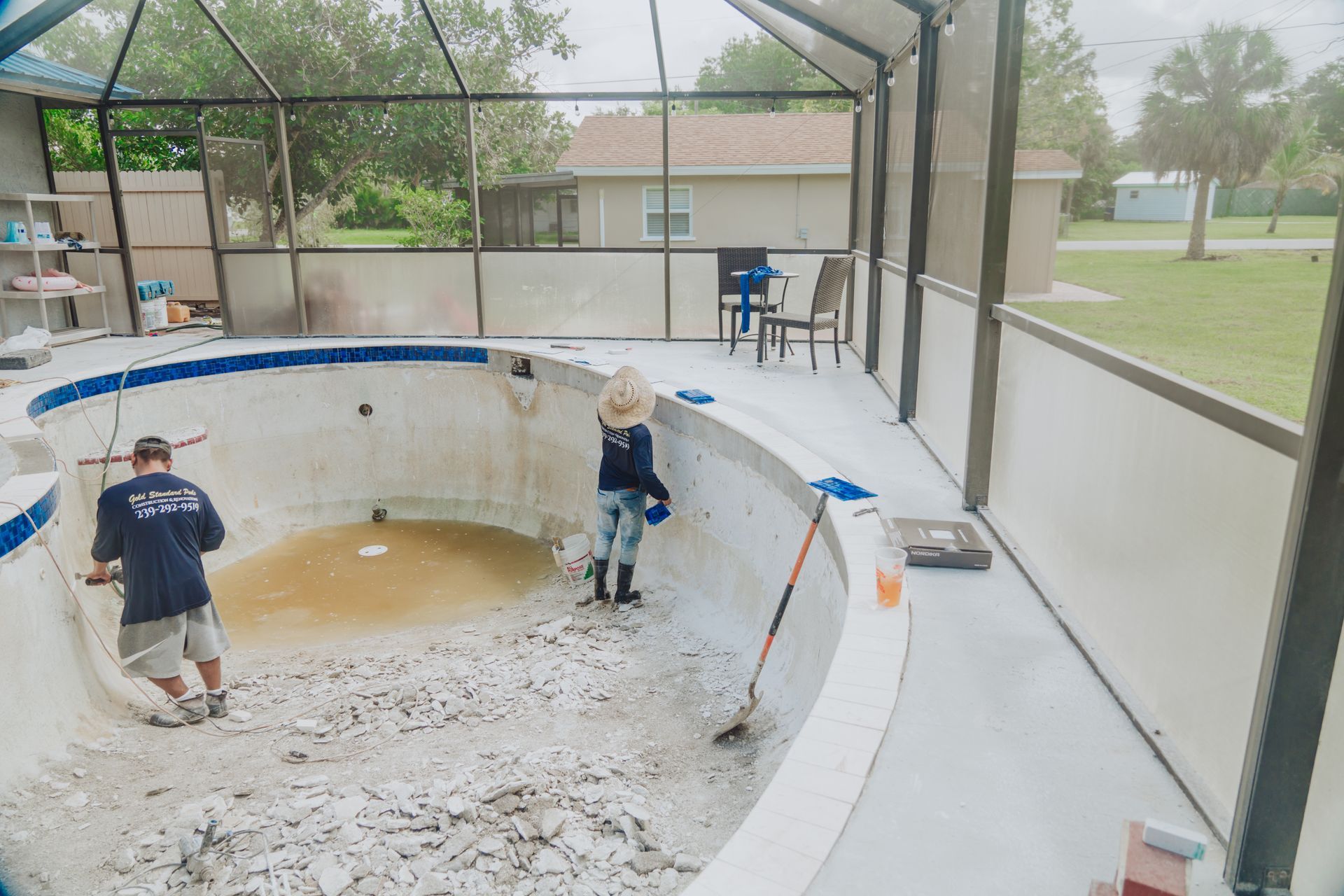
A pool replastering process can help address certain types of leaks, but it may not be a complete solution for all leak-related issues. Here's why:
- If the leak is caused by cracks or gaps in the plaster, replastering can effectively seal these openings. A fresh plaster layer can fill small cracks, prevent further water loss, and improve the overall integrity of the pool’s surface.
- Replastering will not address leaks originating from pool plumbing, pipes, or equipment such as the pump or filter system. If the source of the leak is beyond the plaster surface, these issues would need to be identified and repaired separately, often requiring leak detection services.
- If the leak is due to issues with the tile or coping, replastering alone will not fix this problem. The tiles or coping would need to be repaired or replaced as part of a separate service.
While replastering can help with surface-related leaks, it's essential to have a thorough inspection beforehand to identify the exact source of the leak. If necessary, you may want to perform a leak detection service to pinpoint and fix any underlying issues before proceeding with plaster replacement.
Post-Plastering Maintenance
Taking proper care of your newly plastered pool is essential to ensure the longevity and durability of the surface. This involves several key steps:
- Start-up and Brushing: The initial start-up period is crucial. This involves correctly balancing the pool water chemistry and regular brushing of the plaster surface to prevent scale build-up and ensure a smooth finish.
- Maintaining Water Chemistry: Maintaining proper water balance is vital throughout the life of the pool, but especially during the curing period of the new plaster. This includes monitoring and adjusting pH, alkalinity, and calcium hardness levels.
- Avoiding Harsh Chemicals: Avoid using harsh chemicals or acidic cleaners on the new plaster surface, as these can damage the finish and shorten its lifespan.
- Addressing Issues Promptly: If any issues arise, such as cracks, scaling, or discoloration, address them promptly to prevent further damage and ensure the longevity of the plaster.
Why Choose Gold Standard Pools for Your Pool Plastering
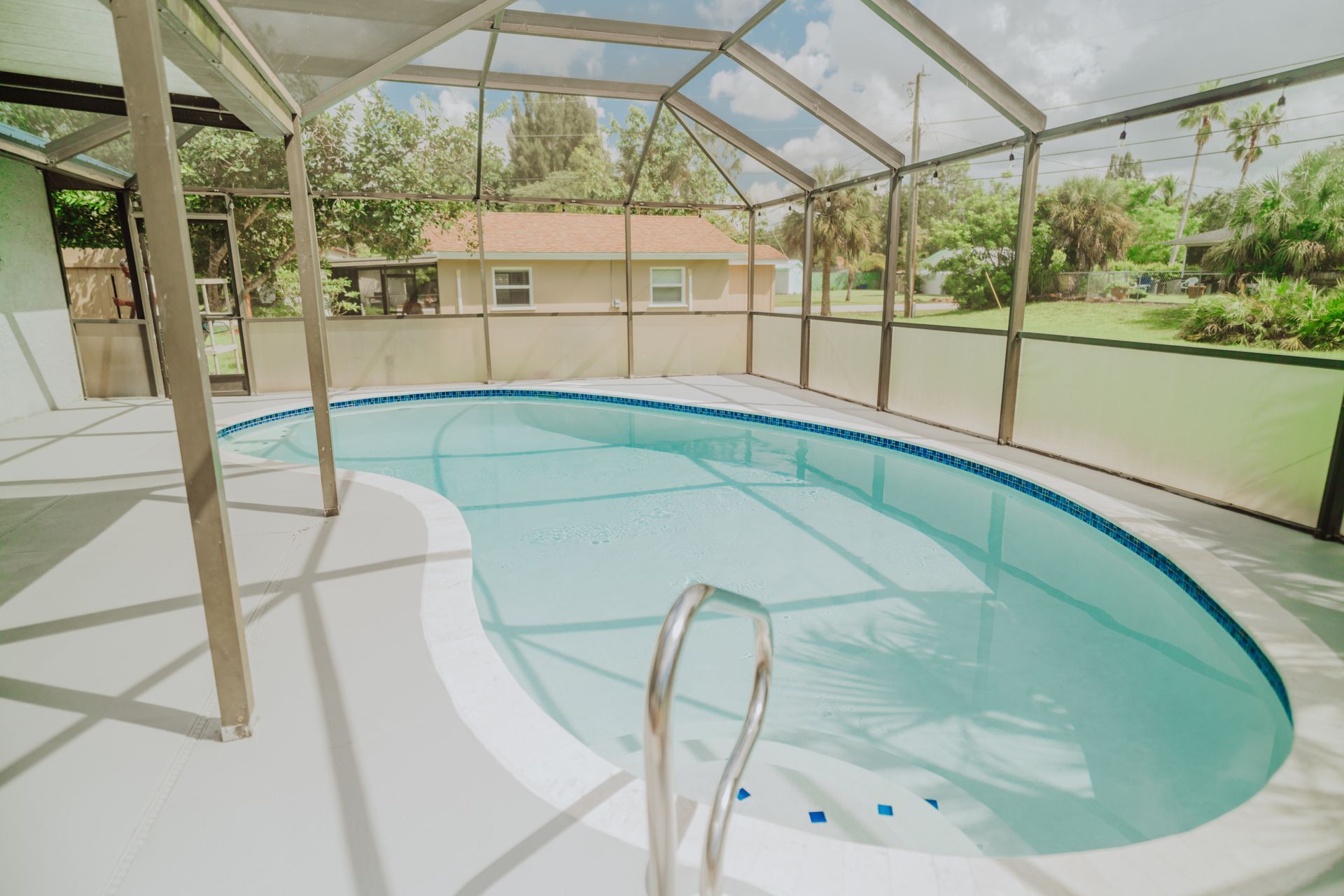
When it comes to replastering your pool, choosing a trusted and experienced contractor is crucial to ensuring a smooth and successful project. At Gold Standard Pools, we bring years of expertise in pool plastering, specializing in concrete pools. Our team is fully licensed and insured, providing you with peace of mind throughout the entire process.
We use only the highest quality materials and industry-leading techniques to guarantee the best possible results. Plus, we stand behind our work with comprehensive warranties, ensuring the longevity and durability of your pool’s new finish.
When you choose Gold Standard Pools, you're choosing quality, reliability, and exceptional craftsmanship.
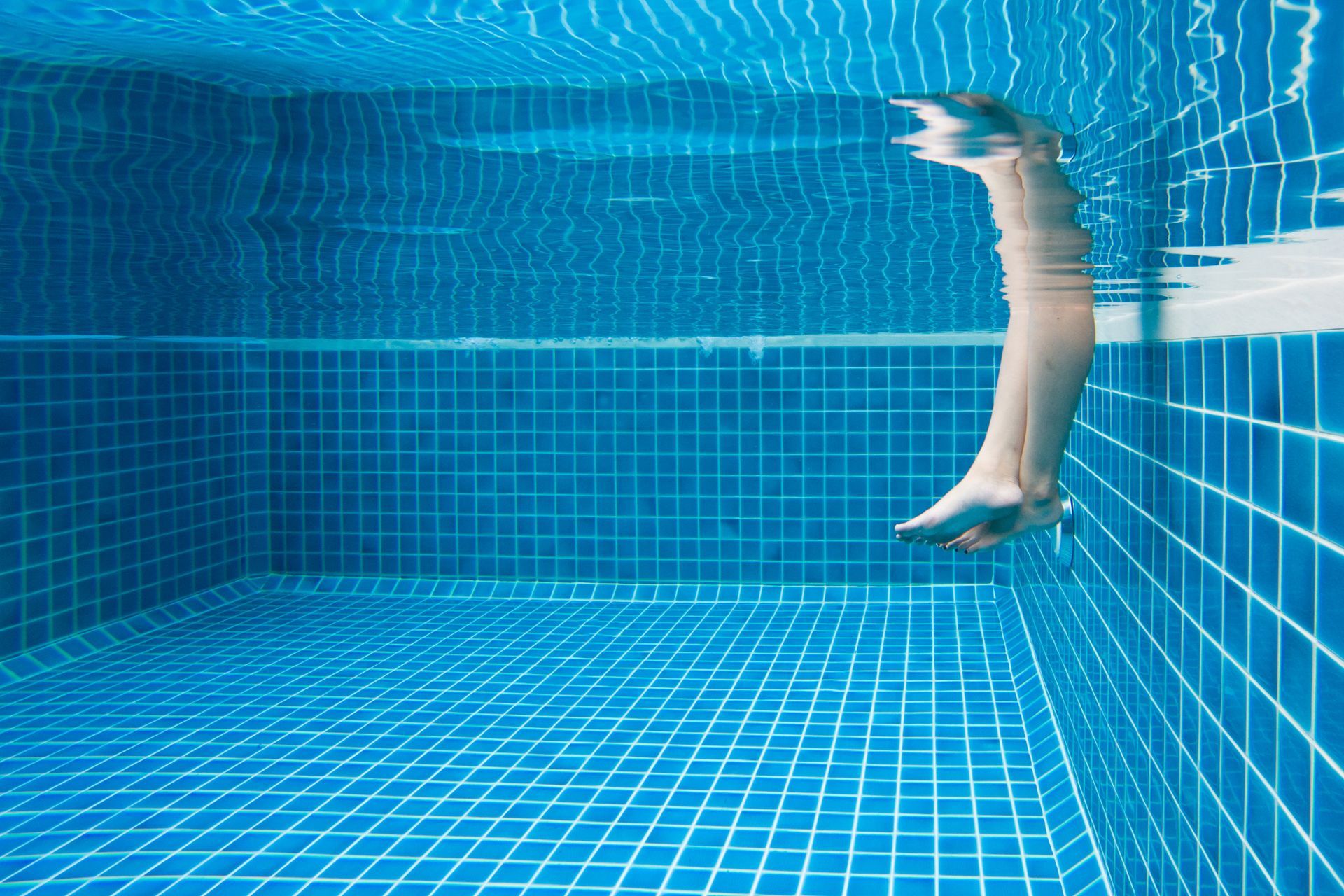
BUSINESS HOURS
- Mon - Fri
- -
- Sat - Sun
- Closed
BUSINESS HOURS
- Mon - Sat
- -
- Sunday
- Closed
All Rights Reserved | Gold Standard Pools Construction & Renovations



